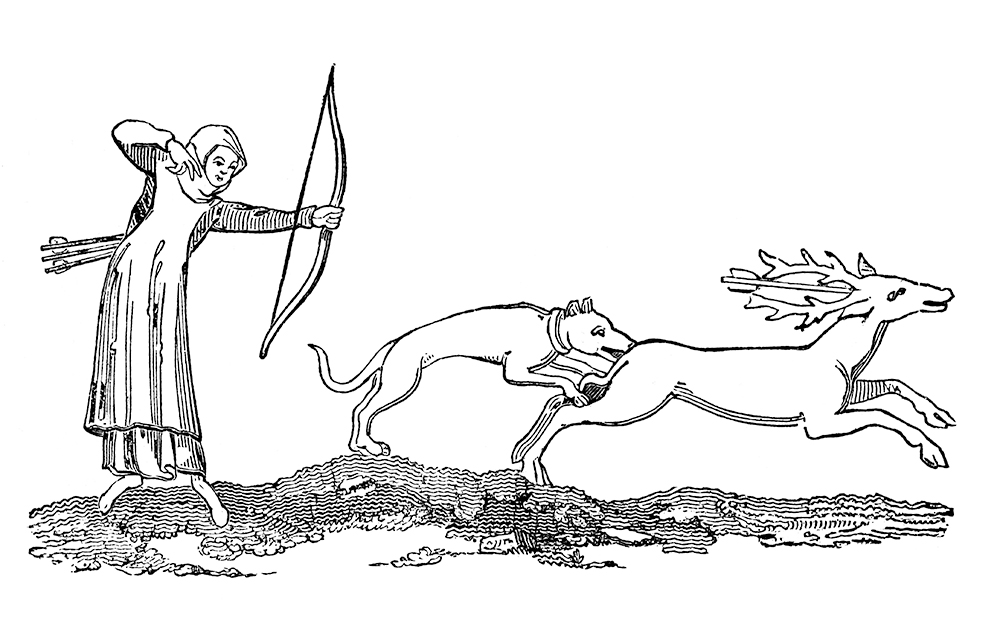In 1448, Margaret Paston, a wife and mother in her twenties, wrote to her husband John urgently requesting more weapons: she needed crossbows, poleaxes, windlasses and jacks. In John’s absence, a local lord was trying to take over Gresham, their property in Norfolk, and was mounting a violent siege of the manor house. Margaret was leading the defence. She was multi-tasking, however. In the same letter she also asks John to send some almonds and sugar, as well as woollen cloth for gowns for their young sons and broadcloth for a hood for herself.
The missive survives as part of the Paston letters, the largest extant set of medieval correspondence relating to a single family in England. The Pastons were not nobility: they were up-and-coming gentry, social climbers jockeying for position in the tumultuous century of the Wars of the Roses. The letters are well-known, and books such as Helen Castor’s Blood and Roses have brought the whole family to life for us.

Get Britain's best politics newsletters
Register to get The Spectator's insight and opinion straight to your inbox. You can then read two free articles each week.
Already a subscriber? Log in






Comments
Join the debate for just £1 a month
Be part of the conversation with other Spectator readers by getting your first three months for £3.
UNLOCK ACCESS Just £1 a monthAlready a subscriber? Log in